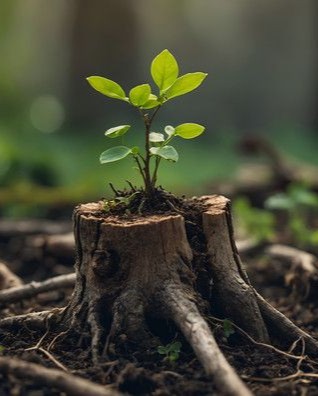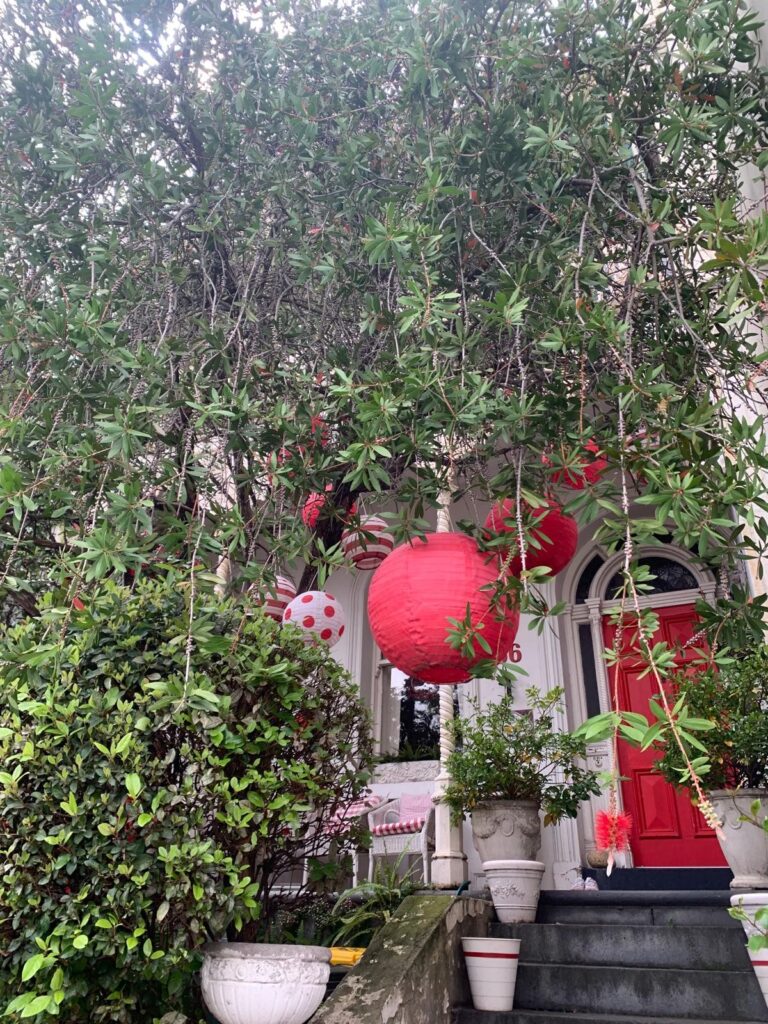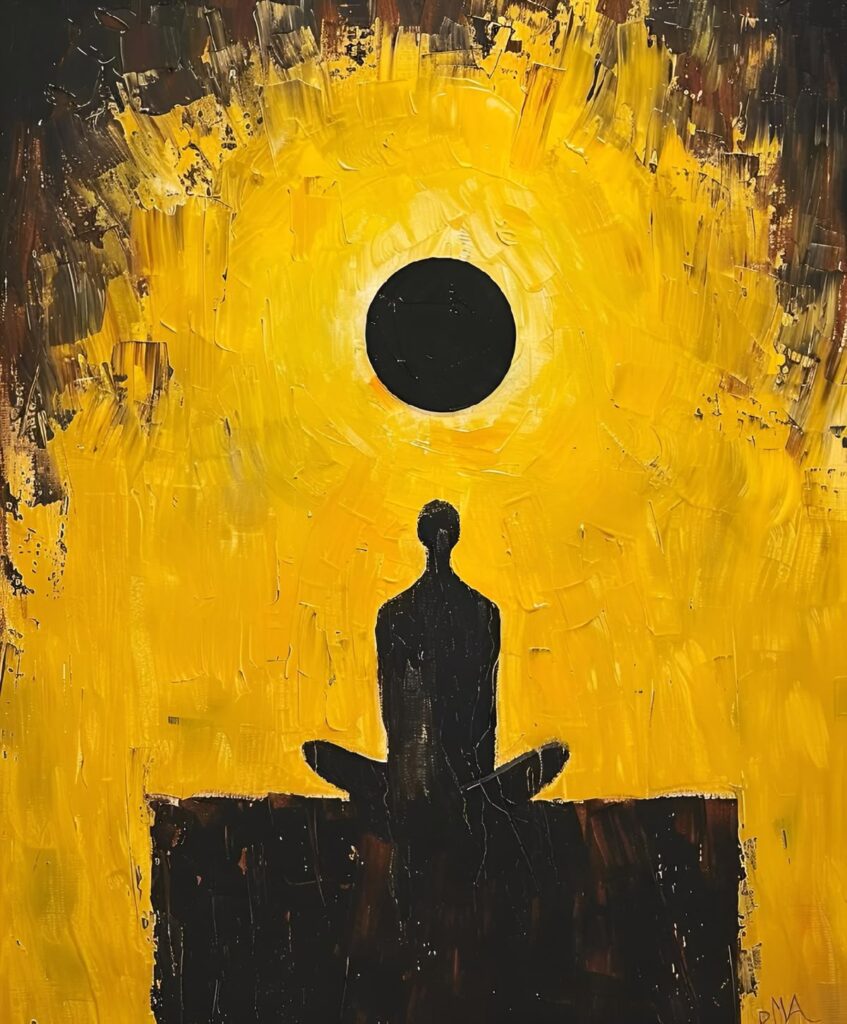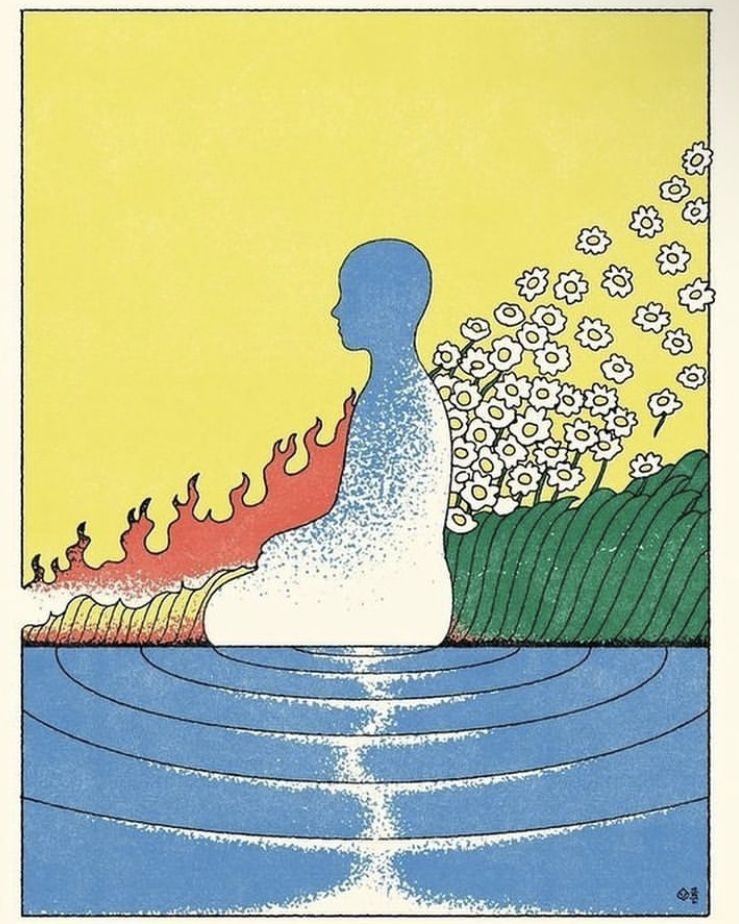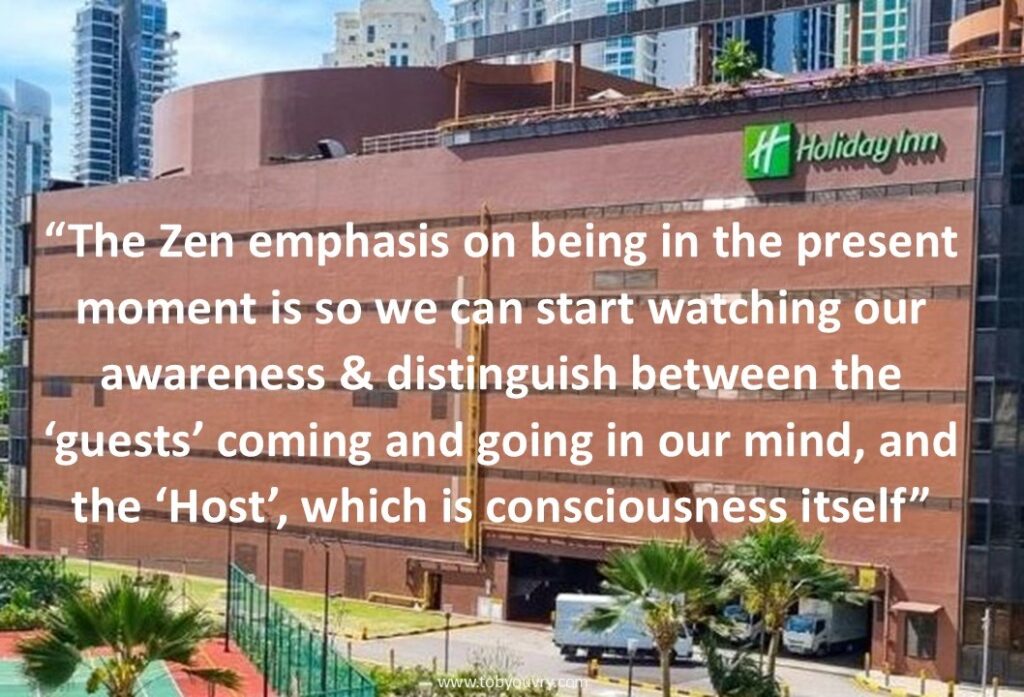“What of you could re-model the story of your life into one you look forward to engaging with, that energises both your experience of the moment, & your visions for the future?”
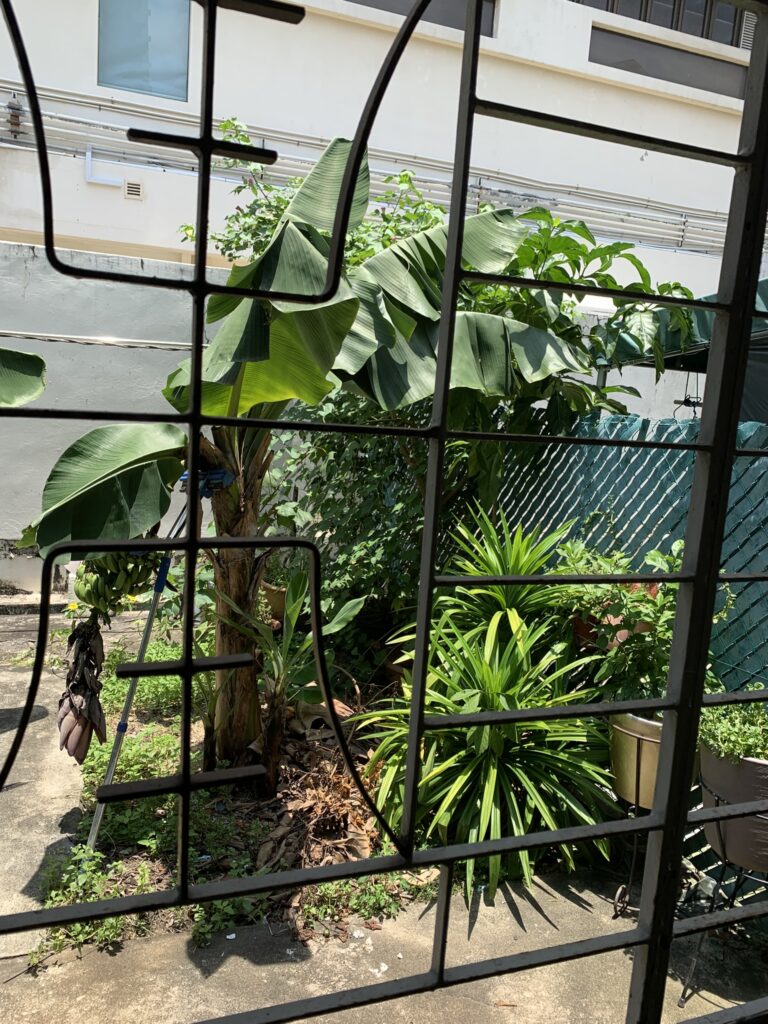
Dear Integral Meditators,
This week’s article is something of a sequel to last week’s on creativity with our self-concept. What they both offer are creative ways of using mindful observation & imagination to live a fuller, more dynamic & vibrant life.
If you enjoy the articles, then do have a look at the Bright shadow weekday & Saturday series, which explore this type of creative mindfulness extensively. They can be participated in in-person, online or via the recordings.
In the spirit of mindful storytelling,
Toby
Re-working the story you tell yourself (about yourself)
Your story
The story you tell yourself about you is one that emerges substantially from your self-concept, or your idea of who you are. Here is a quote from a past article of mine on ‘the story’:
“The heavy bag of our story: For many of us our ‘story’, our past, our history is something that we are carrying around with us all the time. Unless we are careful it can end up like a heavy bag that we never put down, sapping our energy. It can define what we believe we are capable of; filling out mind with what could have been, what we did wrong, what we wish we could change and so on…”
How your story turns up in your daily life
Often our story doesn’t turn up as a literal voice in our head narrating away. Most often it turns up more subtly in our body and daily actions. It turns up as instinctive feelings and emotions arising in response to the events of the day. If you listen to yourself talking to people, you will hear it in the things that you say, perhaps more importantly in the tone of voice that you use, and the body language that you adopt when saying it. So, what I am saying here is that, although our story is active within us all the time, mostly it turns up implicitly and unconsciously, without our being fully aware of it.
Listening to and observing your story
If you can start picking up cues about your story from your feelings, behavioral reactions and so forth, you can then start to find out the ‘narratives’ behind them. For example, if I notice that often avoid or shy away from confrontations, I can be curious about why that is. I can then enquire within myself about why that is. Listening to the responses I might get answers such as:
- “I don’t like being disapproved of, it reminds me of being powerless in the face of stern adults when I was a child”
- “I already often find life overwhelming, to confront would only make things worse”
- “I hate feeling disliked and judged by others, to confront would risk experiencing this”
- I’m afraid that I will be violent if I really express how I feel in a confrontational situation
Simply becoming aware of, accepting, and observing this inner narrative, making it into an object, rather than a subject of awareness can be a powerful step in itself toward becoming free from it.
Putting it down
Having recognised it and observed this aspect of our story, we can than practice dropping it for periods of time. We do this simply by entering into the present moment without the burden of our story, experiencing the freedom of becoming a person without a story, a man or woman of no rank.
Re-telling it
Putting your story down also gives you a space where you can introduce a new story, a new narrative that liberates you from the prison or limitations of the old one. It opens doors rather than closes them. For example, in the case of confrontation, you can look for people who are good with confrontation and model them in your approach. You can rework the wording of your narrative
- “Disapproval from others isn’t such a big deal, in fact sometimes it can be a good sign…”
- “Confrontations in the present are not linked to my past childhood experiences. I can choose a new way of asserting myself as an adult”
- “I can use this experience to build confidence around non-violent ways to deal with confronters and bullies”
And so on…
Being it
The final stage then is to practice doing it and embodying your new story in daily life. By doing so you can gradually go about re-modelling the story of your life into one that you look forward to engaging with each day, and that energises both your experience of the moment, and your visions for the future.
Related reading: Change your idea, change yourself – (Five stages to) Working creatively with your self-concept
Mindfully dropping (and picking up) your story
Making Objects of Your Subjects
© Toby Ouvry 2025, you are welcome to use or share this article, but please cite Toby as the source and include reference to his website www.tobyouvry.com
Upcoming classes & workshops
Ongoing on Tuesday’s & Wednesday’s (live & online), 7.30-8.30pm – Weekly integral meditation classes
Saturday 25th October, 9am-12.30pm – Finding Freedom From What Holds You Back in Life: Practical meditations & techniques for working with your shadow-self
Starts Tuesday 11th & 12th November, 7.30-8.30pm – Going beyond your limitations, tapping into your hidden strengths – Meditating with your bright shadow, a 6-week course
Starts Saturday 5.30-6.15pm SG time – Bright shadow meditation Deep-dive – A 5 session practice series
21 Nov & 28th Nov, 8am-12pm – The wisdom of Zen meditation practice retreat & course, levels 1&2
Saturday 22nd November, 9am-12.30pm – Meditations for Developing the Language of Your Shadow Self Workshop
Saturday 29th November, 7-9pm – Living Life From Your Inner Center – Meditations for Going With the Flow of the Present Moment
Follow Toby on: LinkedIn, YouTube, Instagram
Integral Meditation Asia
Online Courses * 1:1 Coaching * Books * Live Workshops * Corporate Mindfulness Training *Life-Coaching * Meditation Technology
